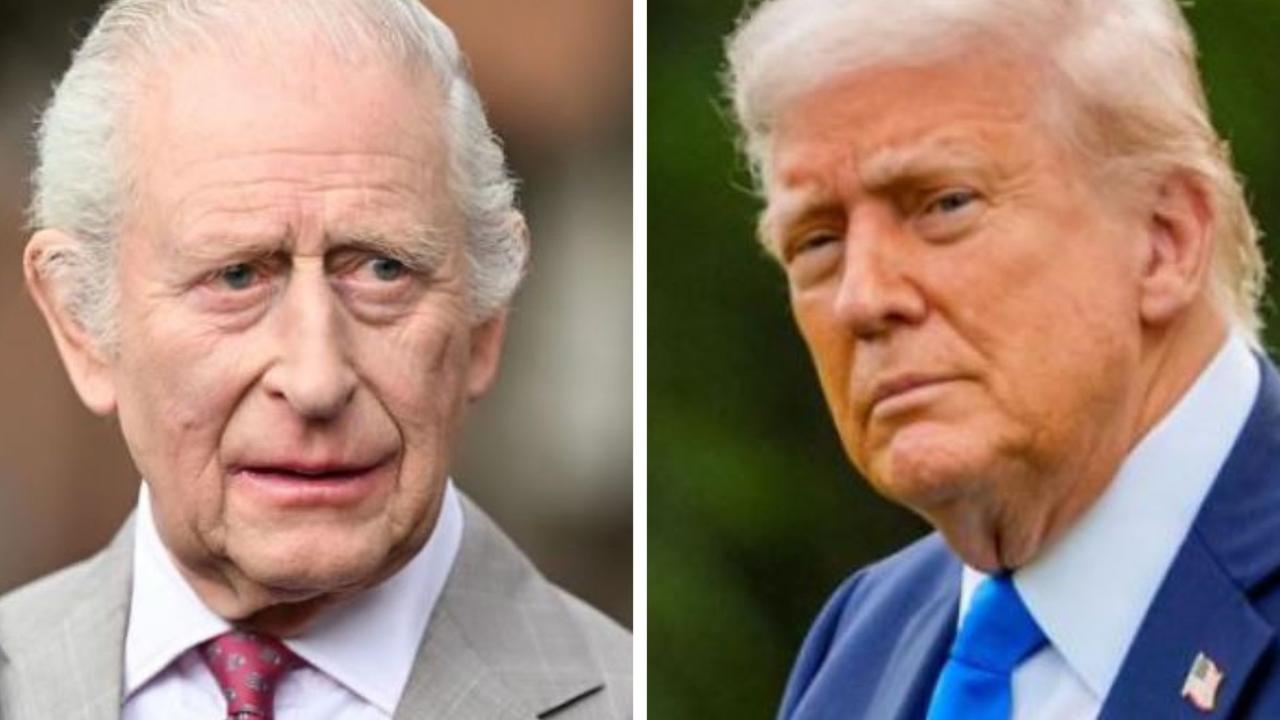How Donald Trump is redefining the art of political persuasion
WHEN Donald Trump speaks, people listen. The billionaire is redefining the art of political persuasion as he embraces the digital era.
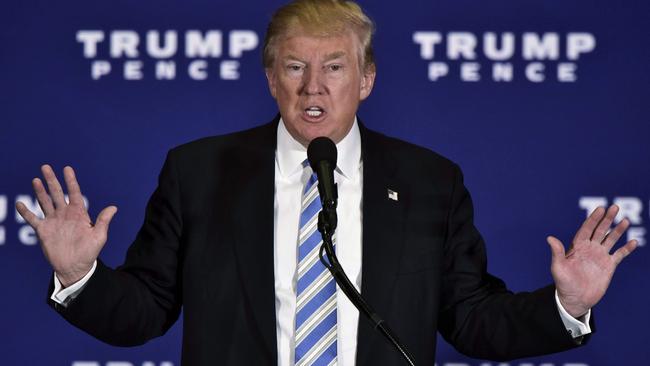
World
Don't miss out on the headlines from World. Followed categories will be added to My News.
WHEN Donald Trump speaks, people listen.
The billionaire has a specific art to the way he reaches out to voters — an art that has woken the sleeping giant of the American public in a stunning redefinition of political communication.
Whether it’s via rallies, Twitter or video messages, Trump likes to take out the middle man and speak directly to the people.
The very same impassioned, rousing direct-to-market mode of communication that rallied millions of Americans behind him in the campaign is now being deftly used by a President-elect whose strongest support base is the people who voted for him.
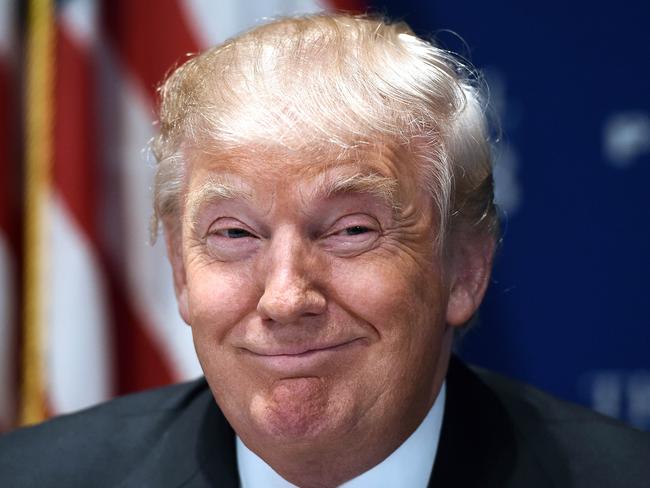
TRUMP UNPLUGGED
Trump is a man who believes no one else can sell his message better than he can.
Much was made of Hillary Clinton’s fierce “ground game” during the campaign — the oversized boots on the ground efforts by her massive team of volunteers to rally voters. She outspent him on advertising and outnumbered him on volunteers.
But all the while it was Trump who was building a communication game like no other. And now he looks set to bring the same method to the White House.
Although Trump has always had a penchant for Twitter, it is his son-in-law Jared Kushner who has been credited with much of his strategy.
Forbes reported that Kushner spent $160,000 — relatively little in the big bucks US election game — to promote low tech policy videos of “Trump talking straight into the camera” in the campaign when they were trialling different methods of outreach.
These videos garnered more than 74 million views. The team was on to something. It was a model of outreach that eschewed traditional TV commercials, advertising and even media interviews. It was simply Trump, unplugged.
TRUMP EMBRACES YOUTUBE
Since winning the presidency, Mr Trump has released two direct-to-viewer video messages straight to YouTube — first, an update on his transition to government and his priorities for office, and then secondly a rousing thanksgiving call for unity.
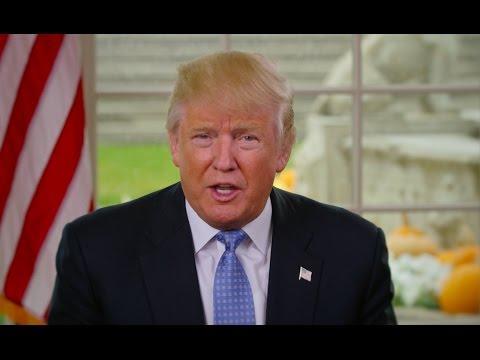
They are short and concise, in which he stares straight into the camera and sells his message. The videos are short enough that they can be shared easily on social media and watched quickly by millions in an instant.
It’s a mode of communication that President Obama has also favoured, however while Mr Obama rushed to hold a press conference as president-elect, Trump has not, preferring his unimpeded videos.
It has also been reported that Trump has also indicated to aides he would like to find a way to continue the successful rallies that underpinned his election campaign as president.
George W Bush’s White House press secretary Ari Fleischer told the New York Times this week that the Bush staff would never have dreamt of using videos like Trump’s YouTube uploads to communicate in the same way.
Mr Fleshier believed at the time, it would have been dismissed as propaganda.
However, the social media era — in which opinions are readily and instantly communicated online — has changed that.
“He’s just doing more of what President Obama successfully did and what I’m fascinated about is, what does this mean for the future?” Mr Fleischer said.
TRUMP’S METHODS RAKE IN MILLIONS
Trump’s team also credits their direct to market communications strategy with helping them raise money from small-time donors who feel a connection with the billionaire.
Forbes reported Mr Trump’s ability to appeal straight to the people was so great he raked in $250 million in four months mainly from small donors.
Platforms like Twitter and YouTube are credited with helping Trump seem like his is talking directly to people, spurring them to take action — whether it be by voting for him, donating to him, or spreading his policies to their friends.
Former Obama adviser and CNN contributor Van Jones predicted a year ago — when many were still writing Trump off as a fad — that his unusual methods of communication could get him elected.
“Just look at history. In every generation, the triumphant politician is the one who first masters his era’s media tools,” Jones wrote.
He referenced FDR’s “fireside chats” in which he built his radio persona and spoke directly to millions, and JFK’s ability to captivate America on television.
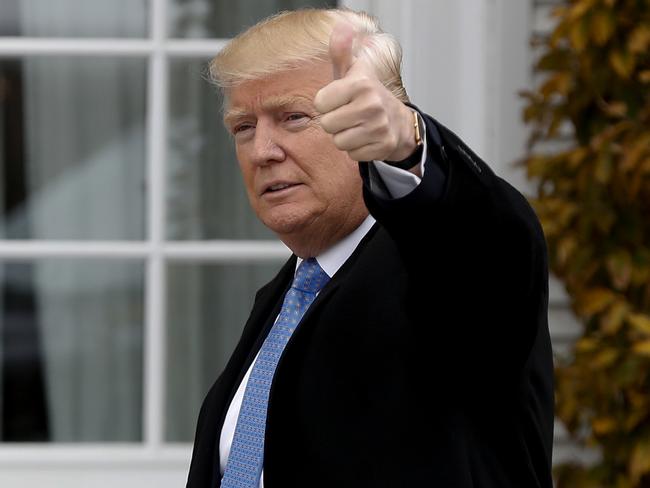
TRUMP PULLS NO PUNCHES ON TWITTER
It was of course Twitter that became a piece de resistance of the Trump campaign.
Trump is routinely criticised for his aggressive use of Twitter, but this belies the influence he gains from the social media platform which he routinely use to promote his own ideas and to dismiss others, unencumbered by distraction.
I am working hard, even on Thanksgiving, trying to get Carrier A.C. Company to stay in the U.S. (Indiana). MAKING PROGRESS - Will know soon!
— Donald J. Trump (@realDonaldTrump) November 24, 2016
With a short, sharp 140 characters, his message comes across as urgent and clear.
Trump’s pull-no-punches rejection of political correctness is precisely the type of communication that works on Twitter. It gets you followers. And followers get your message out.
Trump well outpaces Clinton on Twitter — 15 million followers to her 11, and 34,000 tweets to her 10,000.
A piece in the New York Times last year told how Mr Trump, during an interview in his office, repeatedly picked up his cellphone and loaded new tweets, reading and engaging with his mentions.
He follows it like a hawk. In the 60 Minutes interview following his election, Mr Trump knew that he had 28 million followers across multiple platforms at that point in time, adding that he’d picked up 10,000 people just the day before.
“(They) are great forms of communication,” he said.
“I’m not saying I love it but it does get the word out. When you give me a bad story or when you give me an inaccurate story (I have) a method of fighting back.”
Trump himself has acknowledged the power of his direct approach.
“The fact that I have such power in terms of numbers with Facebook, Twitter, Instagram. I think that helped me win all of these races where they’re spending much more money than I spent.”


